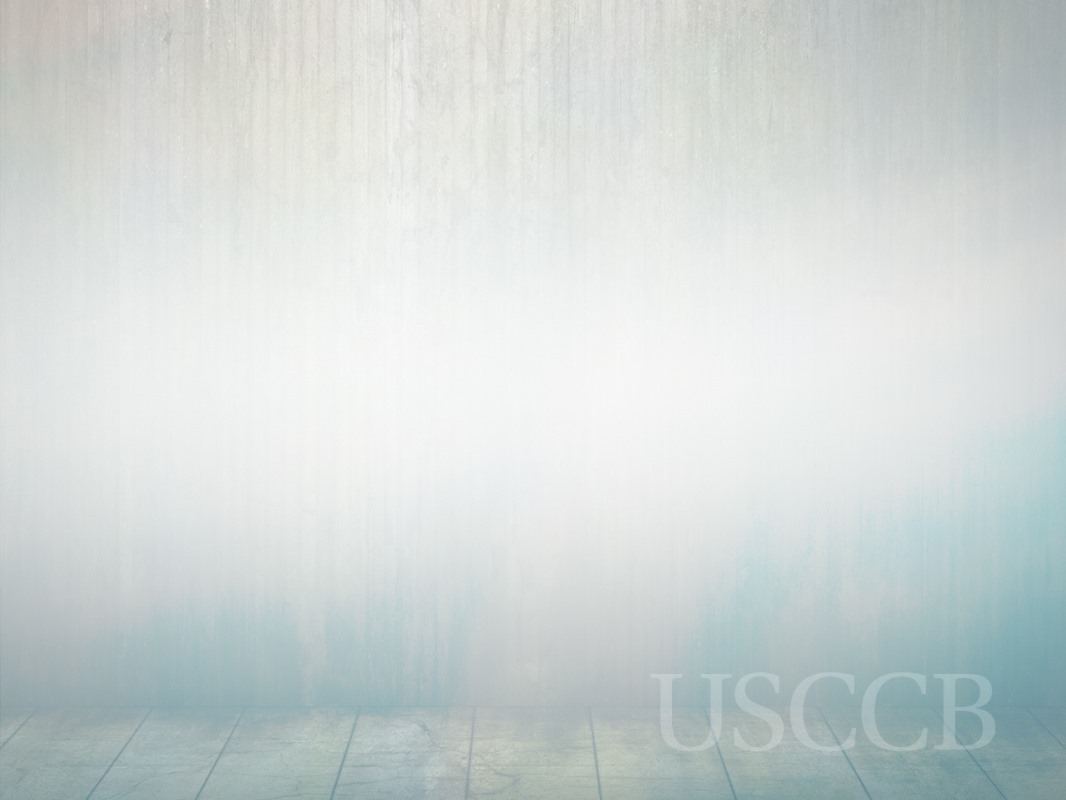

Canon Law Considerations | B-5
receive him during the five-year period. If the diocesan
or eparchial bishop refuses him, or if the cleric decides
to return to his institute or society, having informed the
receiving diocesan or eparchial bishop, he is to return
immediately to that institute or society.
If the petitioning cleric is legitimately present in
the diocese or eparchy for five years and has properly
made his request in writing for incardination/ascrip-
tion, in accord with the norms of canon law, and nei-
ther the diocesan nor the eparchial bishop nor the
major superior has expressed opposition to the request
in writing and within four months of receiving it, then
the cleric is incardinated/ascribed to the receiving dio-
cese or eparchy
ipso iure
following the expiration of the
five-year period (CIC
c.
268 §1; CCEO
c.
360 §2).
Likewise, a member of an institute or society who has
followed correct canonical procedure and has been
received
ad experimentum
into a diocese or eparchy is
incardinated/ascribed into the same diocese or eparchy
ipso iure
if he is willing and the diocesan or eparchial
bishop has not refused him and the five-year period
has elapsed (CIC c. 693; CCEO
cc. 494, 549 §3).
Case Study 1
For the past five years Father Phineas, a priest of the
Diocese of Canisius in Ghana, has been living in the
Diocese of Acropolis, USA pursuing a doctorate in
canon law. Father Phineas has lived in a religious house
near the university throughout his time in the United
States. Shortly after his arrival, he requested and
received diocesan faculties from the Bishop of Acropolis
and since then has been assisting with the pastoral care
of Ghanaian immigrants. He has also volunteered as a
part-time “defender of the bond” in the diocesan mar-
riage tribunal. His work both in pastoral and tribunal
ministry has, by all reports, been exemplary. Last week,
the Bishop of Acropolis received a letter from Father
Phineas in which he thanks the bishop for his hospital-
ity during his time as a student, and expresses his desire
to be incardinated in the Diocese of Acropolis.
This case highlights the canonical option available
to clergy following ordination to request incardination
in another diocese, for a just cause. Such requests are
to be weighed against the needs of the sending and
receiving dioceses, the qualifications and the suitability
of the cleric for ministry, the receiving diocese’s ability
to provide for the needs of the cleric, and the sending
diocesan bishop’s willingness to grant his priest a decree
of excardination. In addition, the time limits prescribed
in canon law for responding to such requests are criti-
cal, in view of the possibility for
ipso iure
incardination
of the cleric within the receiving diocese.
Special Consideration for Married
Eastern Catholic Priests
On the matter of Eastern Catholic married priests
serving in the United States, eparchial bishops are
reminded that the prohibitions found in the decrees
Cum Data Fuerit
and
Qua Sollerti
are still in effect.
Therefore, it is necessary for the receiving epar-
chial bishop to receive a dispensation from the
Apostolic See from the provisions of these decrees
before accepting a married priest for the exercise of
the sacred ministry in the United States (cf. CCEO
c. 758 §3). Individual requests for specific married
priests are to be submitted on a case-by-case basis
to the Congregation for the Oriental Churches.
The praxis of the Apostolic See indicates that the
Congregation for the Oriental Churches enjoys
exclusive competence in this area, mindful of the
competence of the Apostolic Signatura to adjudicate
recourses against administrative acts due to a viola-
tion of law in the decision-making process or in the
procedure that was utilized.
Special Considerations
for Seminarians
Bishops and major superiors are free to consider can-
didates for the seminary from outside the United
States. They should carefully follow the norms
of the USCCB’s current edition of the
Program of
Priestly Formation
.
2
Before accepting a candidate,
they should determine if he has previously been a
seminarian for another diocese, eparchy, institute,
or society (cf. CIC c. 241 §3; CCEO c. 342 §3). If
so, the USCCB’s
Norms Concerning Reapplication for
Priestly Formation
are to be followed.
3
The diocesan or eparchial bishop or the major
superior, the vocations director, and the seminary
rector should ensure that during their period of for-
mation seminarians develop an understanding of the
institutions, social conditions, usages, and customs
found in the United States. The seminarian should
be required to develop and demonstrate a proficiency
in English that enables him to preach, teach, and
otherwise communicate effectively (CIC c. 257 §2;
Program of Priestly Formation
, 49). During his period
2 See
http://www.usccb.org/beliefs-and-teachings/vocations/priesthood/priestly-formation/upload/ProgramforPriestlyFormation.pdf
.
3 See
http://www.usccb.org/beliefs-and-teachings/vocations/priesthood/priestly-formation/norms-concerning-reapplication-for-priestly-forma-
tion.cfm
.

















